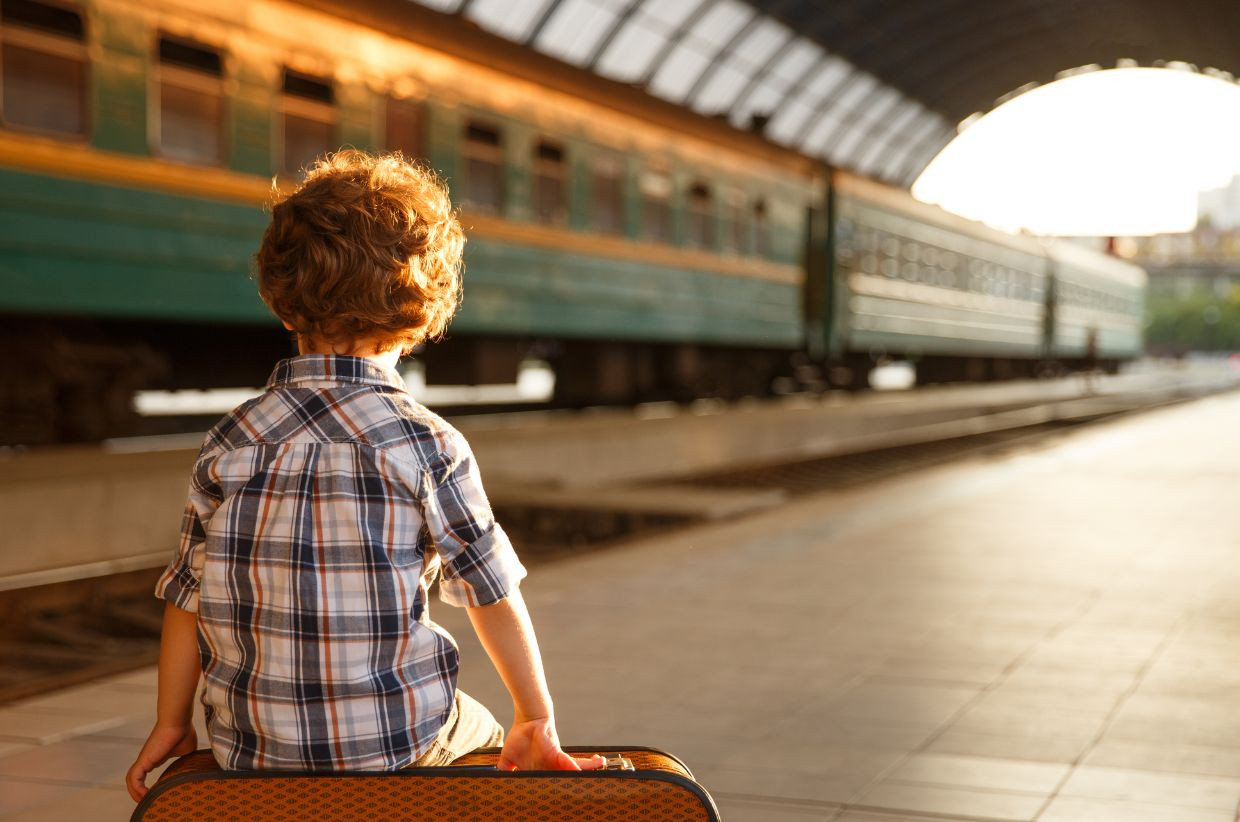A Quick Lesson on Train Terminology for Beginners
If you’ve recently embarked on your journey into the captivating world of model trains, you might have already encountered a plethora of unfamiliar terms. Fear not—we’re here to provide you with a quick lesson on model train terminology! From locomotives to scale ratios, we’ll help you navigate the lingo so that you can fully immerse yourself in this exciting hobby.
Locomotive
The locomotive is the heart and soul of any model train setup. It’s the engine that pulls the cars along the tracks. Locomotives come in various types, such as steam, diesel, or electric, and you can power them with different methods, including electricity or batteries. They’re available in a range of scales to suit different layouts.
Scale
Scale refers to the proportion of the model train in relation to its real-life counterpart. The scale determines the size of the train and its accessories. The most common scales include HO, N, O, and G. Each scale has its advantages, and choosing the right scale depends on factors such as available space, desired level of detail, and personal preference.
Rolling Stock
Rolling stock refers to the train cars that the locomotive pulls. This includes freight cars, passenger cars, and cabooses. Depending on your interests, you can collect rolling stock that replicates real-life trains or create fictional ones with unique designs.
Turnout
A turnout is a device that allows a train to change tracks. It consists of movable rails that guide the train from one track to another. Turnouts come in different sizes, called number codes, which represent the angles of the diverging tracks.
Digital Command Control (DCC)
DCC is a system that allows you to control multiple model trains independently on the same track. With DCC, each locomotive has a unique address, and you can adjust its speed, direction, and other functions digitally.
Scenery
Scenery encompasses the landscape, buildings, and natural elements that surround your model train layout. This includes trees, mountains, rivers, bridges, and structures. Creating realistic scenery adds depth and enhances the overall visual appeal of your layout.
Decoder
A decoder is a small electronic device that receives and interprets digital commands from a DCC system. It controls the train’s movements and activates features such as lights, sound effects, and couplers.
Now that you’ve reached the end of our lesson on model train terminology for beginners, you have the knowledge you need to start assembling your very own model railroad layout. All that’s left is to gather the necessary tools and supplies to begin your project. Midwest Model Railroad is a hobby train store that has everything you need to create your own intricate and detailed train system, complete with landscapes, buildings, and realistic train operations. Browse our selection of high-quality N scale model trains and other model train necessities today!
Recent Posts
-
Prototype Spotlight: GE ES44AC — Modeling a Modern Freight Workhorse
Prototype Spotlight: GE ES44AC — Modeling a Modern Freight Workhorse Published 2025-09-29• 8–10 min
-
How to Build a Realistic Freight Yard: Flow, Trackwork, and Car Management
How to Build a Realistic Freight Yard: Flow, Trackwork, and Car Management Published 2025-09-25 • 8
-
Scenery Basics: From Foam to Foliage — A Quick, Budget-Friendly Guide | Midwest Model Railroad
Modeling Tutorial Scenery Basics: From Foam to Foliage Published 2025-09-23 · 7–9 minute read Li




